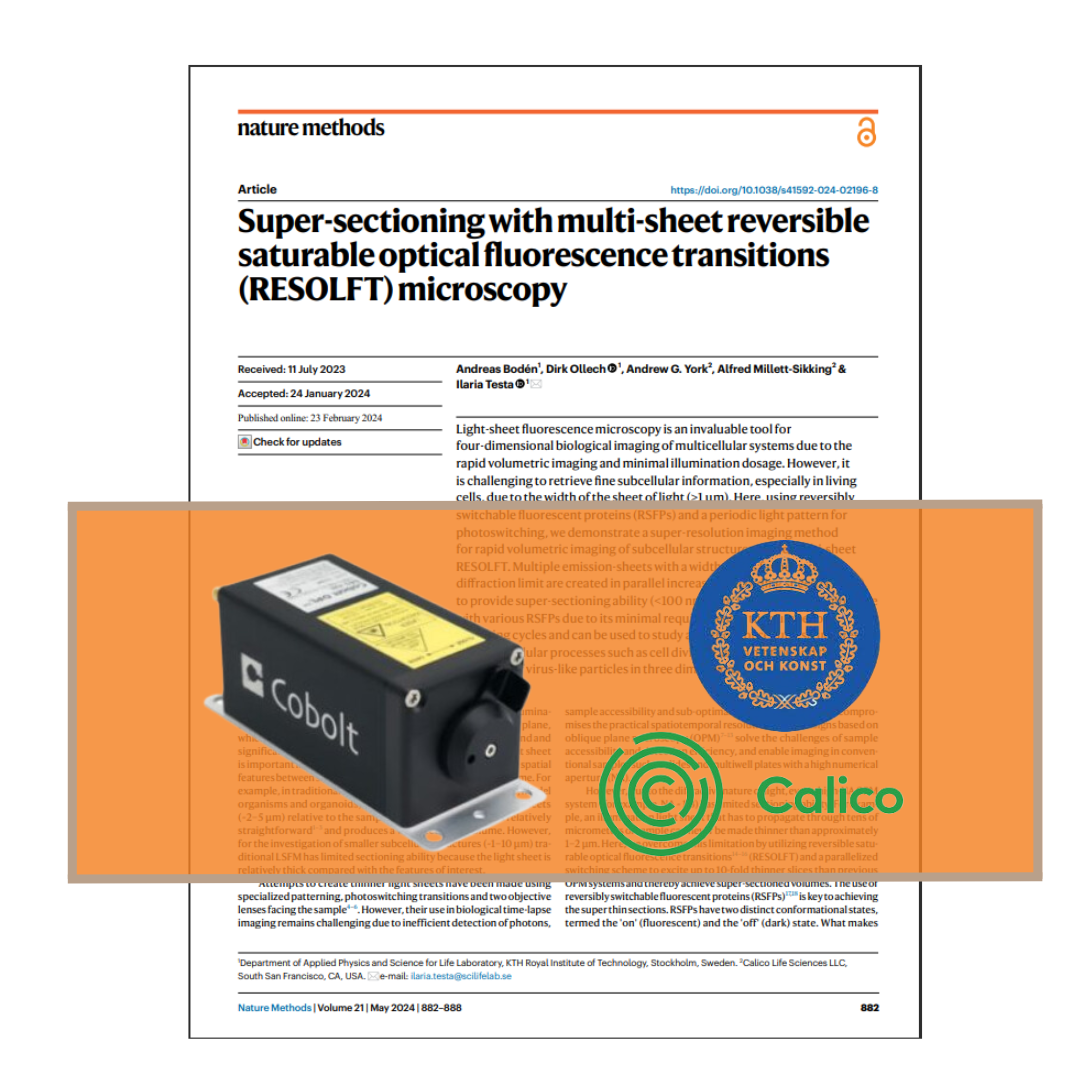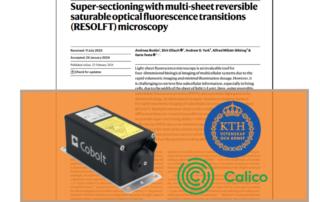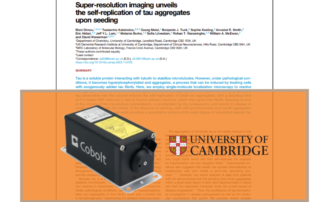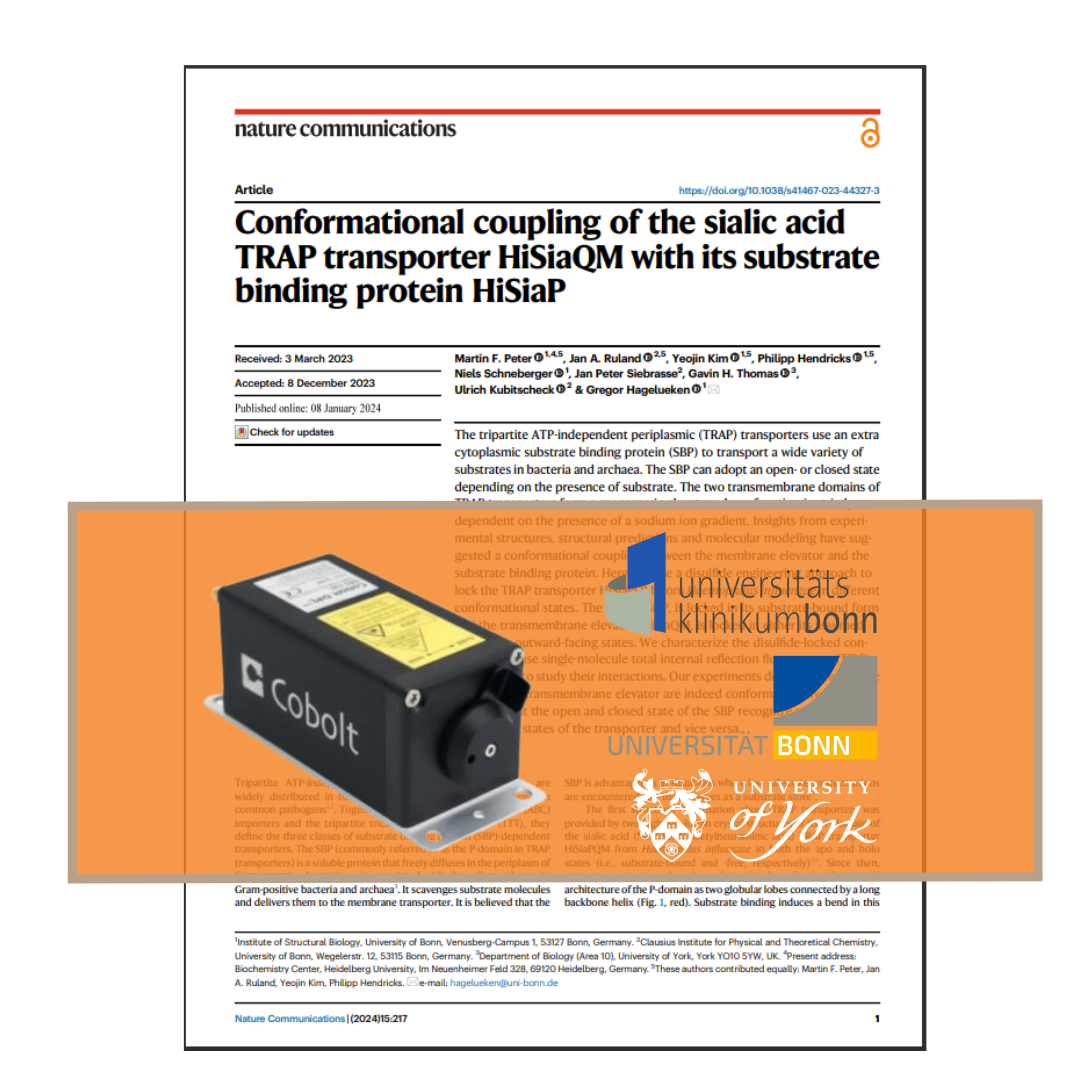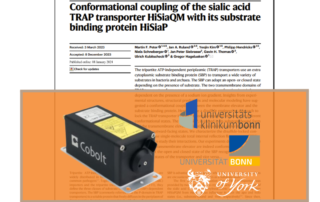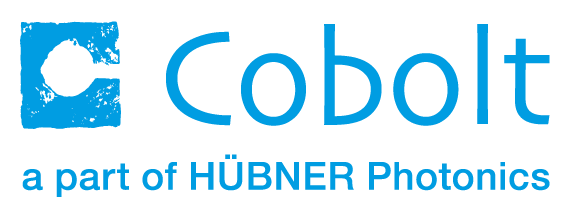New Breakthrough in Cellular Imaging with the Cobolt 06-MLD Laser
Super-sectioning with multi-sheet reversible saturable optical fluorescence transitions (RESOLFT) microscopy
Scientists at the KTH Royal Institute of Technology in Stockholm Sweden, in collaboration with Calico Life Sciences, a biotechnology company founded by Google’s parent company Alphabet Inc., have made significant strides in cellular imaging. The work, published in the prestigious academic journal Nature Methods in May 2024 highlights the development of a new method called multi-sheet RESOLFT (reversible saturable optical fluorescence transitions) microscopy, which was achieved with the help of a specialized Cobolt 06-MLD laser. This innovation promises to revolutionize the way we observe and understand subcellular structures in living cells.
The technique improves upon traditional light-sheet fluorescence microscopy (LSFM) by enabling the imaging of fine subcellular details with minimal photodamage and higher speed. By using reversibly switchable fluorescent proteins (RSFPs) and a periodic light pattern, the group was able to generate multiple ultra-thin emission sheets. This method allowed for rapid volumetric imaging, capturing high-resolution images of subcellular structures in living cells.
The Cobolt laser’s precision was instrumental in producing these thin light sheets, crucial for the super-resolution imaging that the study achieved. The laser’s stability and ability to maintain consistent illumination were key factors that enabled the researchers to observe cellular processes such as cell division and actin motion in real-time.
A Step Forward in Imaging Technology
This advancement is not just a technical marvel for academic laboratories but holds significant implications for medical and biological research. By enabling detailed, rapid, and minimally invasive imaging of living cells, the multi-sheet RESOLFT technique can enhance our understanding of cellular processes such as cell division, cytoskeleton dynamics, and virus particle movements. This could lead to better diagnostic tools, improved treatments for diseases, and a deeper understanding of fundamental biological processes.
The team’s success demonstrates the potential of integrating advanced laser technology with innovative imaging techniques. With the Cobolt 06-MLD laser, scientists can now achieve volumetric imaging at unprecedented resolutions, opening new frontiers in the study of life at the microscopic level.
